1. How did you start your virtual nursing journey, and what were the initial challenges?
Mary Washington Healthcare began its virtual nursing journey a little over two years ago to modernize the health system’s approach to patient care. Reflecting on her 30-year nursing career, Marinari noted that many of the processes they used in the past would be considered outdated by today’s standards. She sees Virtual Nursing and AI as natural next steps in the health system’s journey to safer, more efficient patient care. One early challenge was getting experienced nurses to embrace the technology, but once they saw the benefits of improved support during staffing shortages, adoption quickly followed.
2. How is telehealth helping make care teams more agile?
Marinari and Osborne emphasized that telehealth has enhanced their ability to iterate quickly and uncover new opportunities for efficiency gains in nursing workflows. With a centralized Virtual Nursing hub on-site, remote nurses can triage and respond to inbound calls from the bedside, leaning on built-in backup coverage when multiple requests come in simultaneously. Mary Washington has seen improvements in nurse turnover rates and staff retention by implementing Virtual Nursing.
3. What workflows do Virtual Nursing and AI support?
In addition to supporting virtual admissions, discharges, and second signature verifications, virtual nurses also play a crucial role in supporting specialized workflows. For instance, virtual nurses can easily support MRI checklists and help determine the model of medical device (i.e. pacemakers) a patient has before procedures. The integration of Social Determinants of Health (SDOH) questionnaires into the virtual admissions process has increased completion rates to 98%, a dramatic improvement from before Virtual Nursing implementation. These workflows help ensure high-quality care and compliance.

